Venous return
Have you ever thought about the mechanism under which veins operate?
Unlike the arteries, veins don't have direct support from the heart, nor do they have the help of gravity (except for the jugulars). In fact, it is quite the opposite. Veins seem to defy gravity and make their way up to the right atrium without significant issues in healthy individuals.
There are in fact a number of mechanisms that work on helping the veins function. Lets break them down:
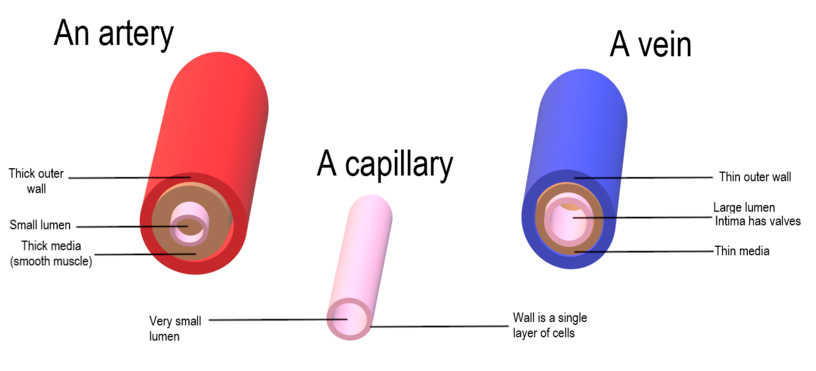
Diagram 1. Arterial versus venous wall anatomy
- Venous tone
- Quick anatomy
- Arteries and veins are made up of the same 3 basic layers
- Tunica intima
- Most inner part
- A thin layer of endothelium in contact with blood
- Mostly the same in arteries and veins
- Tunica media
- The thickest part of arteries containing mostly smooth muscles cells
- Veins also have a media, but much thinner than arteries (as seen in the diagram above)
- Tunica adventitia
- The thin outer layer of both veins and arteries, in contact with the outside
- Tunica intima
- Arteries and veins are made up of the same 3 basic layers
- This thin layer of tunica media in the veins plays a small role in pushing the blood back up towards the heart
- Quick anatomy
- Venous valves
- Unidirectional valves made out of tunica intima, help break up the long column of blood into smaller portions, making it easy to transport towards the heart
- Ineffective venous valves will result in varicose veins within the superficial venous systems
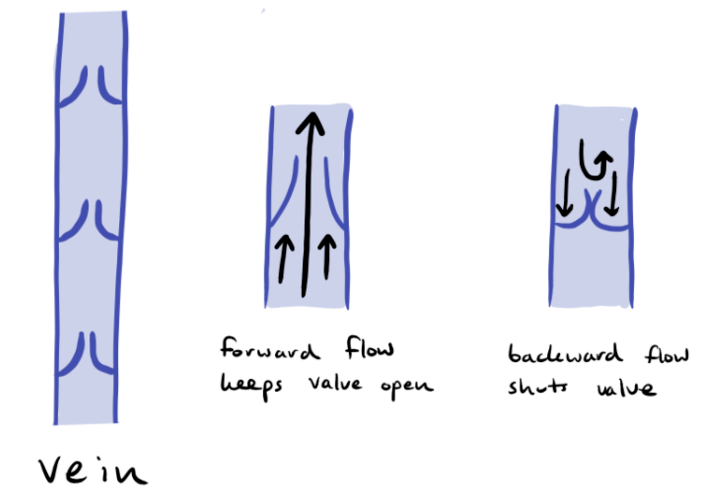
- Vis-a-fronte
- This is the suction force directly from the heart, more specifically from the right atrium
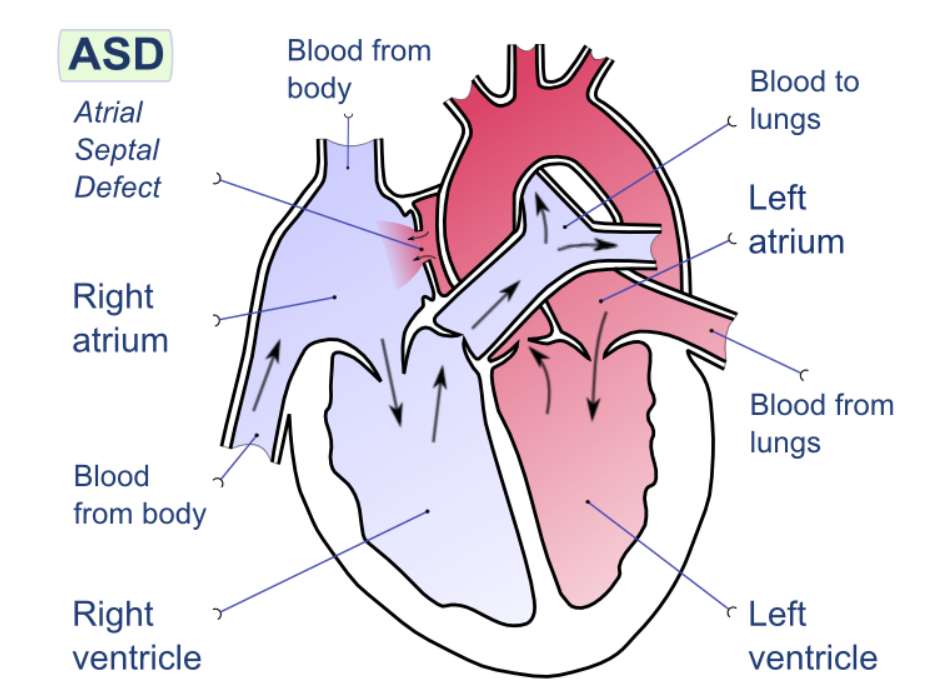
- Vis-a-tergo
- This is back pressure from the capillaries
- The leftover pressure from the arterial system bleeds (no pun intended) into the venous system, providing another small but useful mechanism for anterograde blood flow
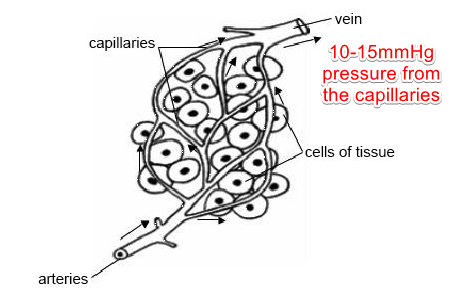
- Peripheral muscles
- Lower limb muscle contractions will push blood in the anterograde directions within the deep veins
- One reason, people are advised to avoid staying stationary for extended periods of time >>> DVT risk due to stasis
- Anatomy app link
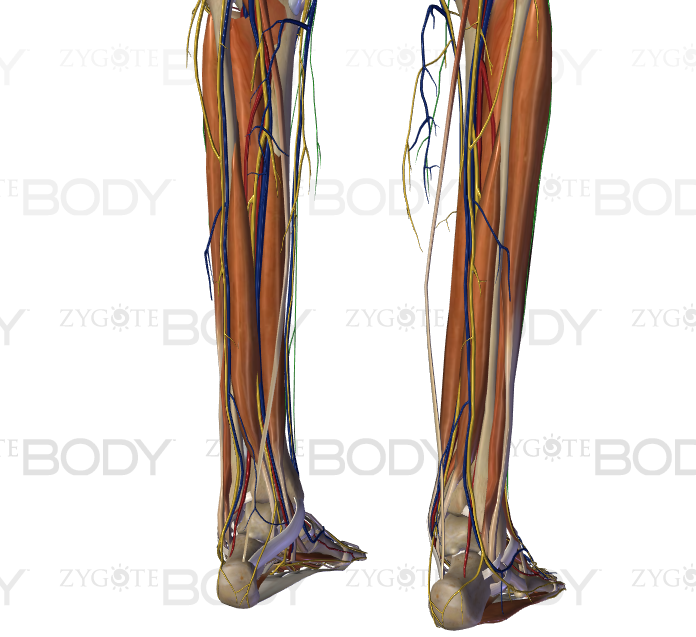
- Thoracic pump
- If you recall, the lungs within the thorax are inflated due to the negative thoracic pressure
- This same negative pressure (intrapleural pressure in the diagram below) also sucks up blood into the thorax
- Especially prominent during inspiration
- Increased venous return decreases systolic blood pressure by up to 10mmHg (>10mmHg drop is known as pulsus paradoxus)
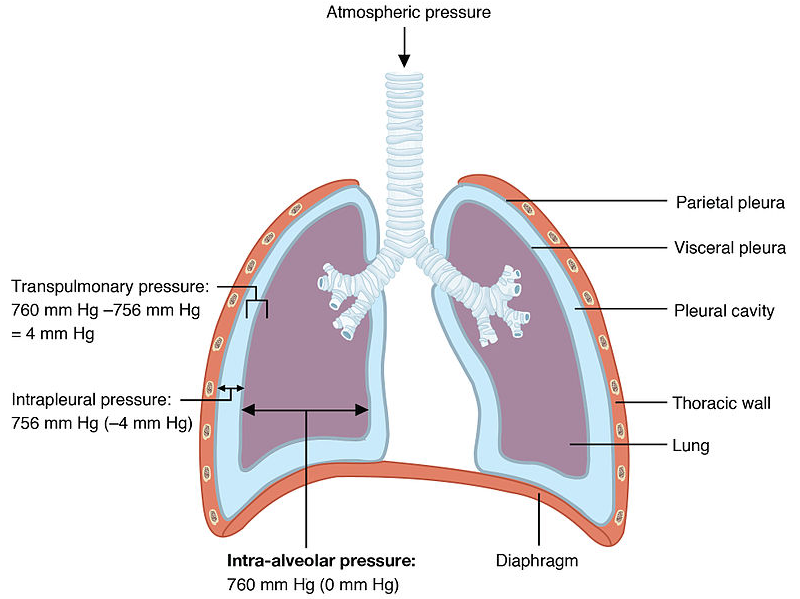
- Lyphatic drainage
- Even with all the pathways highlighted above, not all of the venous blood returns back
- About 5% of capillary unfiltrate is drained via the lymphatics
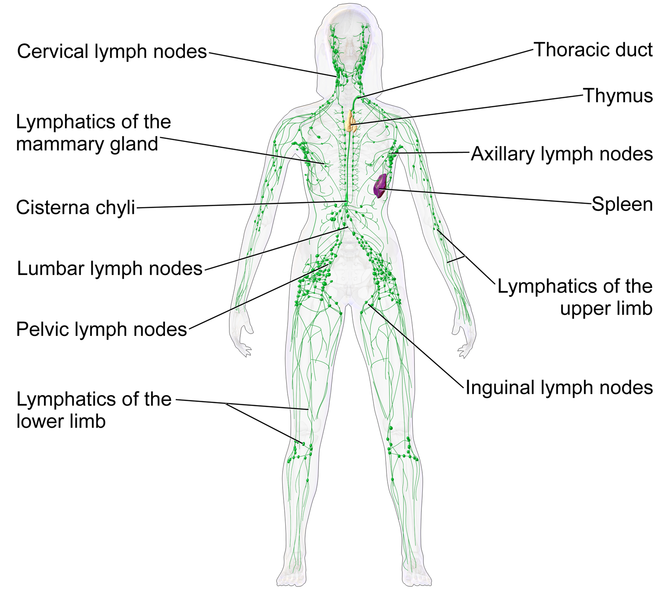
- Ineffective lymphatic systems result in lymphedema, a type of non-pitting edema
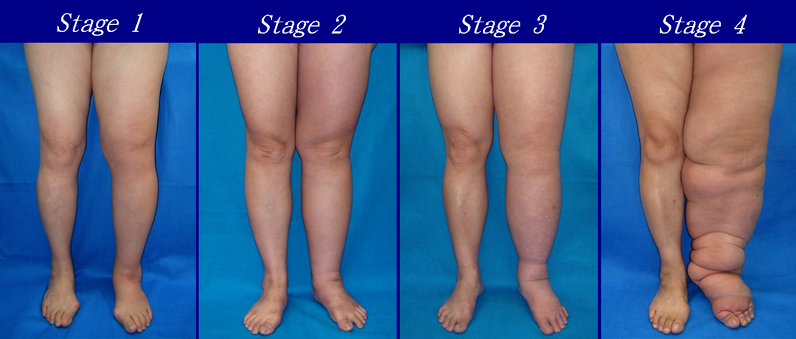
All information provided on this website is for educational purposes and does not constitute any medical advice. Please speak to you doctor before changing your diet, activity or medications.
